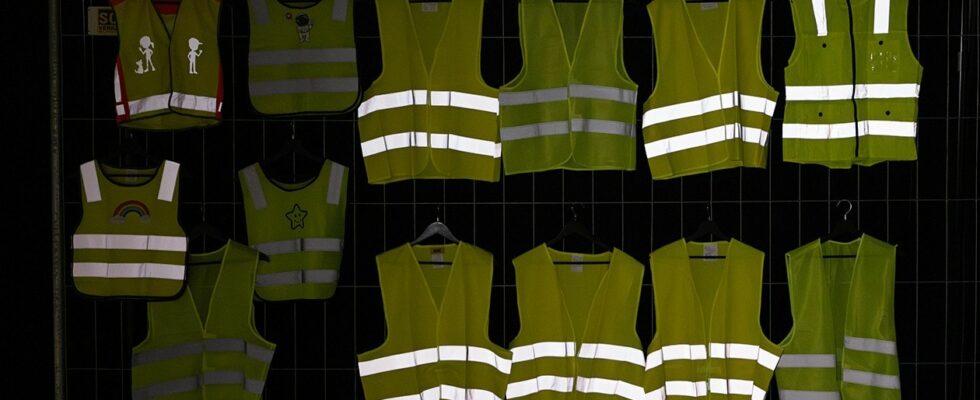We all have high-visibility vests in the car. Sure, they are mandatory. And they probably have a testing standard too. But that doesn’t seem to mean much – even if the ÖAMTC cites the designated test standard (EN ISO 20471) as a quality criterion after a current product test. We clarify, warn – and explain how you can tell whether a high-visibility vest is any good.
We first discussed the topic online recently when the ACE motorists’ club tested high-visibility vests. A single copy failed, so you could assume that what you get in stores will generally be fine. Now the ÖAMTC and ADAC have carried out their own test. For good reason: “High-visibility vests can save lives – if they work as they should. Defective vests, on the other hand, are life-threatening because, in the worst case scenario, you only realize that you are not being seen when it is too late,” warns ÖAMTC technician Steffan Kerbl. Almost a third of the candidates were noticed – or not because they were practically invisible in the dark. The clubs advised them to pay attention to the testing standards. But it goes even further. ÖAMTC gives a false sense of security The ÖAMTC explains in a video article that a YouTuber’s video gave rise to the idea of carrying out the test in the first place. And this shows that the whole thing is much worse: Here, too, a third of the test candidates (including Amazon bestsellers!) practically did not reflect – but they supposedly even met the test standard. Here is the YouTube test video: Conclusion: Whether a high-visibility vest in… Whether it’s dark protects or not is something you should check for yourself: The best way to do this is to film the vests in the evening in light room lighting, from a distance of about three meters, using a smartphone with a cell phone light. Ideally, you should collect several different vests from your friends for comparison and place them next to each other. As a rule, the light strips either hardly reflect at all or reflect remarkably well – these are then suitable vests. The requirement to wear high-visibility vests is one of the sensible rules on the road. But everyone has to make sure that it achieves something. And of course put on the vest if the worst comes to the worst. By the way: If the high-visibility vest does not reflect, it is not considered a high-visibility vest and does not protect against punishment.
source site-13
